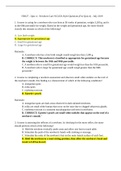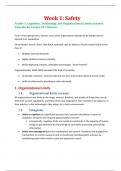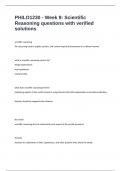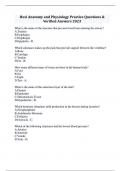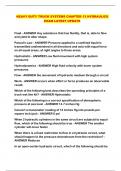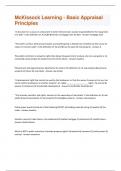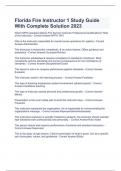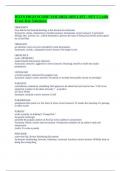Exam (elaborations)
NR327 - Quiz 4 - Newborn Care NCLEX-Style Questions| Answers| Rationale
- Course
- NR 327
- Institution
- Chamberlain College Of Nursing
NR327 - Quiz 4 - Newborn Care NCLEX-Style Questions (For Quiz 4) NR327 - Quiz 4 - Newborn Care NCLEX-Style Questions| Answers| Rationale - 1. A nurse is caring for a newborn who was born at 38 weeks of gestation, weighs 3,200 g, and is in the 60th percentile for weight. Based on the weight and gest...
[Show more]
